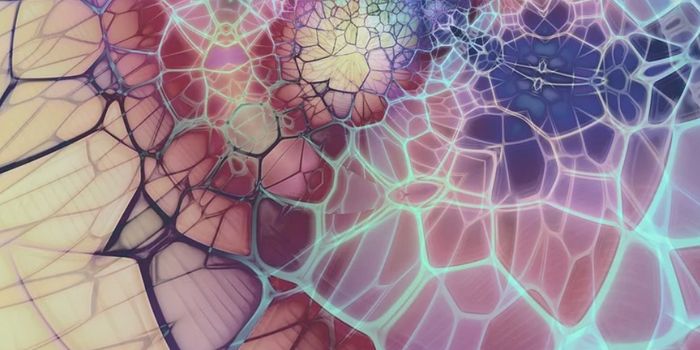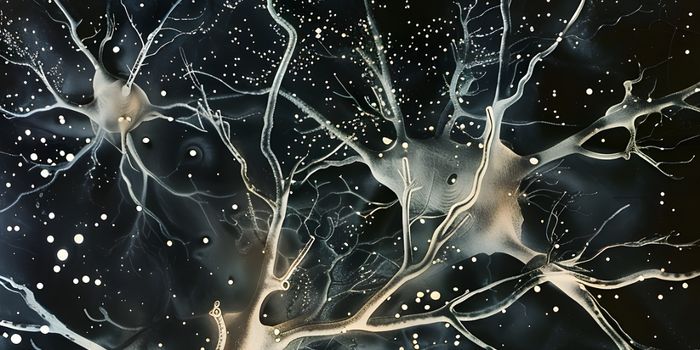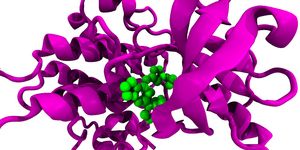Nrf2 Role in Protein Regulation may aid Neurodegeneration Therapeutics
In cells, proteins often have a variety of roles. New details have emerged about one particular protein called Nrf2, it has been demonstrated by researchers to restore protein levels in neurodegenerative diseases. While this is still far from direct therapeutic application, the new data could help inform treatments for diseases such as Alzheimer's, Parkinson's, Huntington's, and amyotrophic lateral sclerosis (ALS).
The underlying cause of these diseases is related to dysfunctional proteins in the brain. When proteins fold improperly and aggregate in nerve cells of the brain, it causes serious damage that eventually results in cell death. The research team of Steven Finkbeiner, MD, PhD, at the Gladstone Institutes has reported in Proceedings of the National Academy of Sciences that Nrf2 is able to return the levels of these pathogenic proteins to a normal range, which prevented cell death. In the video above, Finkbeiner discusses advances in induced pluripotent stem cell techniques, which his lab uses in their work.
Nrf2 was tested in cellular Parkinson's disease models in which cells carry mutations in the pLRRK2 and α-synuclein genes and their proteins. When the researchers activated Nrf2, they found that several cellular "house-cleaning" mechanisms were initiated by the cell, thus removing excess LRRK2 and α-synuclein.
"Nrf2 coordinates a whole program of gene expression, but we didn't know how important it was for regulating protein levels until now," explained first author of the work, Gaia Skibinski, PhD, a staff research scientist at Gladstone. "Overexpressing Nrf2 in cellular models of Parkinson's disease resulted in a huge effect. In fact, it protects cells against the disease better than anything else we've found."
In this study, the scientists used rat neurons as well as human neurons derived from induced pluripotent stem cells. The neurons were made to express Nrf2 along with mutant LRRK2, or α-synuclein. Taking advantage of an advanced, unique robotic microscope the Finkbeiner laboratory developed themselves (and featured in the video below), individual neurons were labeled and tracked over time to determine protein levels and overall health of the cells. Over one week, thousands of images of the were captured, giving the researchers a complete picture of the cell from development to death.
It was found that Nrf2 functions in a variety of ways, and acts to rid the cells of either mutant LRRK2 or α-synuclein. In the case of mutant LRRK2, Nrf2 herded the protein into clumps that can hang out in the cell without causing any problems. When it came to α-synuclein, Nrf2 hastened protein breakdown and removal, obviously leading to reduced levels of this dangerous protein.
"I am very enthusiastic about this strategy for treating neurodegenerative diseases," said Finkbeiner, a senior investigator at Gladstone and senior author of the report. "We've tested Nrf2 in models of Huntington's disease, Parkinson's disease, and ALS, and it is the most protective thing we've ever found. Based on the magnitude and the breadth of the effect, we really want to understand Nrf2 and its role in protein regulation better."
The scientists caution, however, that Nrf2 could be a challenge to target directly with a drug; it has roles in many cellular mechanism. As such the investigators are looking at some of the downstream effects of the protein. Hopefully, proteins that interact with Nrf2 in protein regulation pathways will be candidates for the improvement of cell health.
Sources: AAAS/Eurekalert! via Gladstone Institute, PNAS








